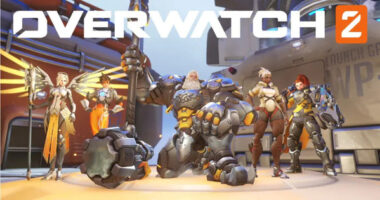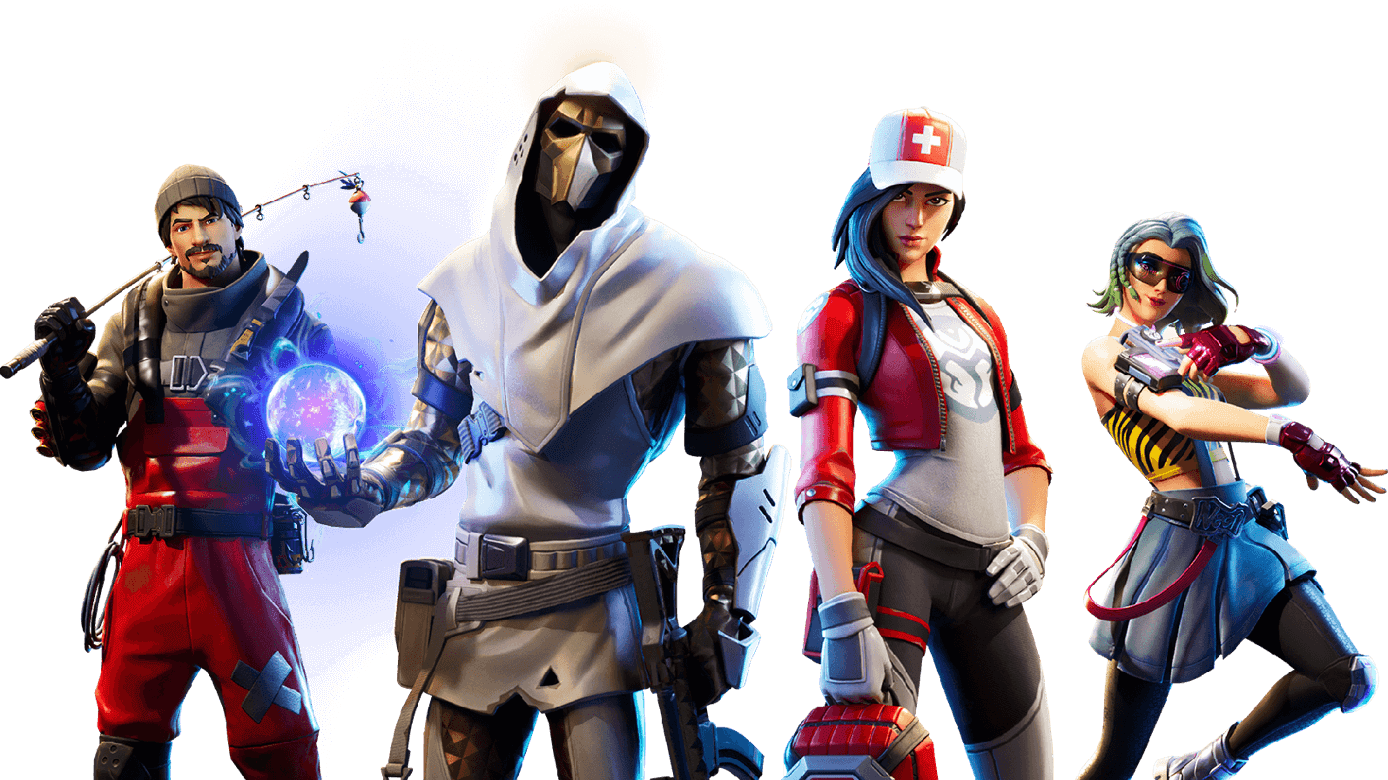Introduction
“Overwatch 2,” Blizzard Entertainment’s sequel to the hit team-based shooter, has continued the legacy of its predecessor by offering fast-paced, strategic gameplay centered around team coordination. However, one of the most contentious issues that has persisted through both games is the problem of team composition. The balance between different roles—tank, damage, and support—is crucial to the success of any team, yet achieving a balanced team composition has proven to be a significant challenge for players. This article will delve deeply into how team composition affects gameplay in “Overwatch 2,” the struggles faced by players, and the solutions that have been proposed and implemented.
The Evolution of Team Composition in Overwatch
Since the launch of the original “Overwatch” in 2016, team composition has been a critical aspect of gameplay. In the early days, the game allowed for a wide range of team setups, with players often experimenting with various combinations of heroes. However, as the competitive scene evolved, certain compositions became dominant, leading to the rise of the “meta.”
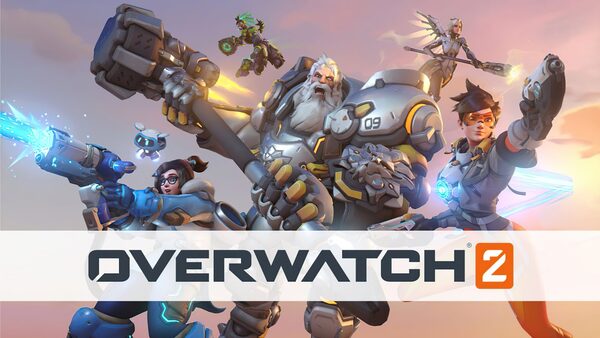
The concept of “meta” refers to the most effective tactics available, and in “Overwatch,” this often meant certain heroes and team setups became the go-to choices for players. While this brought a level of consistency to high-level play, it also limited the variety of viable compositions, creating a somewhat stagnant environment where only a few heroes were considered optimal.
The Introduction of Role Queue
In response to these issues, Blizzard introduced the Role Queue system in 2019, forcing players to select their roles before entering a match. This was a significant change that aimed to address the problems of unbalanced teams, where players would often stack damage-dealing heroes, leaving their team without the necessary tanks or healers. The Role Queue system brought some much-needed structure to team composition, but it also introduced new challenges.
While Role Queue helped to balance teams by ensuring a 2-2-2 setup (two tanks, two damage, and two support heroes), it also led to longer queue times for damage players, as this role was the most popular. Additionally, it restricted the flexibility of team compositions, making it difficult for teams to adapt on the fly to the evolving dynamics of a match.
The 5v5 Shift in Overwatch 2
One of the most significant changes in “Overwatch 2” was the shift from 6v6 to 5v5 gameplay. This change reduced the number of tanks from two to one per team, fundamentally altering the dynamics of team composition. The decision to move to 5v5 was driven by the desire to create faster-paced matches and to reduce the chaos often associated with two tanks per team.
This shift had a profound impact on how teams are structured and how games are played. With only one tank per team, the role of the tank became even more crucial, as they are now the sole frontline presence. This change also placed more responsibility on damage and support players to protect and assist their tank, leading to a more dynamic and engaging gameplay experience.
The Impact on Tank Players
The shift to 5v5 significantly impacted tank players, as the role became more challenging and demanding. Tanks are now expected to absorb damage, create space, and lead their team, all while having less backup than before. This change led to a rebalancing of tank heroes, with some receiving buffs to make them more resilient and capable of handling their new responsibilities.
However, not all tank players were pleased with this change. Some felt that the increased pressure made the role less enjoyable, leading to a decline in the number of players willing to queue as tanks. This, in turn, exacerbated the issue of long queue times, particularly for damage players, as the game struggled to match teams with the necessary tank players.
Role Imbalance and Its Consequences
Despite the efforts to balance team compositions, role imbalance remains a persistent issue in “Overwatch 2.” The popularity of damage heroes continues to outstrip that of tanks and supports, leading to longer queue times and frustration among players. This imbalance not only affects the player experience but also impacts the overall quality of matches.
When teams lack a proper composition, it often leads to one-sided games where one team dominates the other. This can be particularly frustrating in competitive play, where players are looking for a fair and challenging experience. The lack of role diversity also limits the strategic depth of the game, as teams are forced into predictable setups that can be easily countered by experienced opponents.
Blizzard’s Attempts to Address Role Imbalance
Blizzard has made several attempts to address role imbalance, including offering incentives
for players to queue for less popular roles, such as tanks and supports. These incentives often come in the form of bonus experience points or in-game rewards, aimed at encouraging more players to fill these crucial roles. While these measures have had some success, they have not fully resolved the issue, as the fundamental appeal of damage-dealing heroes continues to overshadow the other roles.
Additionally, Blizzard has experimented with hero balancing and reworks to make less popular roles more appealing. For example, certain support heroes have received buffs to make them more engaging to play, while some tank heroes have been adjusted to be more versatile in various team compositions. Despite these efforts, achieving a perfect balance remains elusive.
The Role of Flexibility in Team Composition
Flexibility in team composition is often the key to success in “Overwatch 2.” Teams that can adapt their strategies and switch heroes based on the evolving dynamics of a match tend to perform better. However, the Role Queue system and the fixed 2-2-1 composition (one tank, two damage, two support) have limited the flexibility that was once a hallmark of “Overwatch” gameplay.
In the original “Overwatch,” teams could adjust their compositions on the fly, switching from a more defensive setup to a full-on dive composition depending on the situation. This level of strategic depth allowed for a wide range of tactics and kept matches dynamic. With the current system, however, players are often locked into their chosen roles, making it difficult to make such adjustments mid-game.
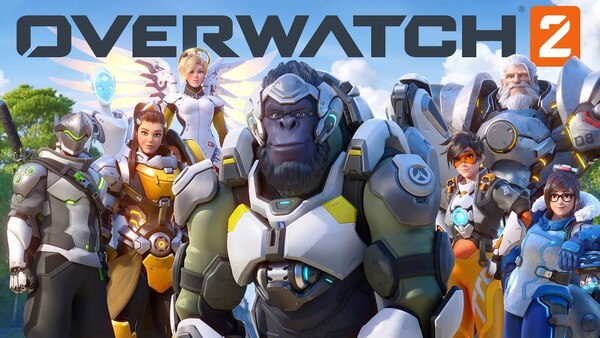
The Potential for Role Flex Queue
One proposed solution to enhance flexibility is the introduction of a Role Flex Queue. This system would allow players to queue for multiple roles simultaneously, giving them the option to switch roles during a match if needed. This could restore some of the lost flexibility and enable teams to adapt more effectively to the flow of the game.
However, implementing such a system would require careful consideration of matchmaking and balance issues. Ensuring that teams remain balanced even with flexible role switching would be a significant challenge, but it could potentially address some of the rigidity introduced by the Role Queue system.
The Impact on Competitive Play
Team composition is particularly crucial in competitive play, where the stakes are higher, and players are more focused on winning. In this environment, even slight imbalances in team composition can have a significant impact on the outcome of a match. As a result, understanding and mastering team composition is often seen as a key skill for competitive players.
In “Overwatch 2,” the competitive scene has seen a variety of team compositions rise to prominence, each with its strengths and weaknesses. However, the shift to 5v5 and the constraints of the Role Queue system have also led to a more homogenized competitive meta, where certain compositions dominate due to their effectiveness within the current system’s limitations.
The Role of Professional Play in Shaping Meta
Professional play has always played a significant role in shaping the meta in “Overwatch.” Teams at the highest level experiment with different compositions and strategies, often setting trends that trickle down to the broader player base. In “Overwatch 2,” this trend continues, with professional teams exploring new ways to optimize their team compositions within the 5v5 framework.
However, the dominance of certain compositions in professional play can sometimes lead to a lack of diversity in the meta, with teams at all levels adopting similar strategies. This can create a sense of predictability in matches, reducing the overall excitement and innovation that players experience.
Community Feedback and Its Influence on Team Composition
The “Overwatch” community has always been vocal about their experiences with the game, and team composition is no exception. Player feedback has played a crucial role in shaping the direction of the game, with Blizzard often responding to community concerns about balance and team dynamics.
In “Overwatch 2,” the community has been particularly vocal about the challenges of the 5v5 format and the Role Queue system. Many players have expressed frustration with the rigidity of the current team composition structure, calling for more flexibility and better balancing to enhance the overall gameplay experience.
The Role of Forums and Social Media
Forums and social media platforms have become the primary venues for players to share their thoughts and suggestions on team composition. These platforms allow players to connect with others who share their concerns and to bring those concerns directly to the attention of the developers.
Blizzard has actively monitored these discussions, often using community feedback to guide their decisions on balance changes and new features. However, the sheer volume of feedback can sometimes make it challenging to address every issue, leading to a slow and iterative process of refining team composition dynamics.
Future Prospects: Where Do We Go from Here?
As “Overwatch 2” continues to evolve, the issue of team composition will remain a central focus for both players and developers. Finding the right balance between structure and flexibility, ensuring role diversity, and maintaining an engaging and dynamic gameplay experience are all ongoing challenges.
Looking ahead, there is potential for further innovations in how team composition is handled. Whether through new systems like Role Flex Queue, continued hero balancing, or even more radical changes to the game’s format, the future of “Overwatch 2” will likely see continued experimentation and adaptation as Blizzard seeks to refine the experience for all players.
The Potential for New Game Modes
One possibility for addressing some of the challenges with team composition is the introduction of new game modes that experiment with different team structures. For example, a mode that allows for more flexible team compositions or different role distributions could offer a fresh take on the traditional gameplay.
These modes could serve as testing grounds for new ideas, allowing Blizzard to gather data and player feedback before making more permanent changes to the core game. Additionally, they could provide a way to keep the game feeling fresh and exciting, offering players new ways to engage with the “Overwatch” universe.
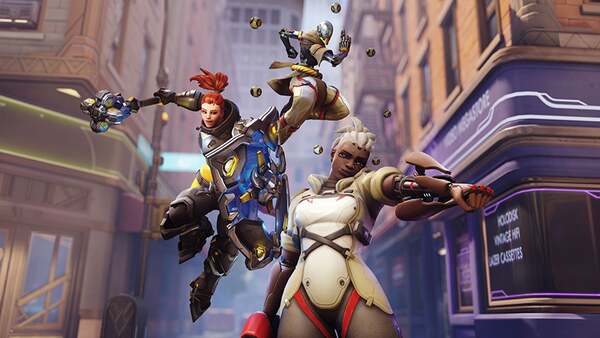
Conclusion
Team composition in “Overwatch 2” is a complex and evolving issue that sits at the heart of the game’s strategic depth. The shift to 5v5, the introduction of Role Queue, and the ongoing challenge of role imbalance have all contributed to the current state of the game. While Blizzard has made significant strides in addressing these issues, the quest for the perfect balance is far from over.
As the game continues to develop, the community’s feedback and Blizzard’s willingness to innovate will be crucial in shaping the future of team composition. Whether through new systems, game modes, or balance changes, the goal remains the same: to create a game where teamwork, strategy, and fun are at the forefront.

